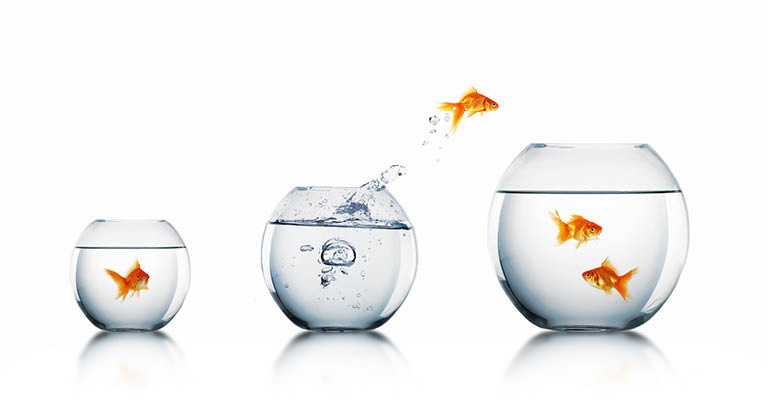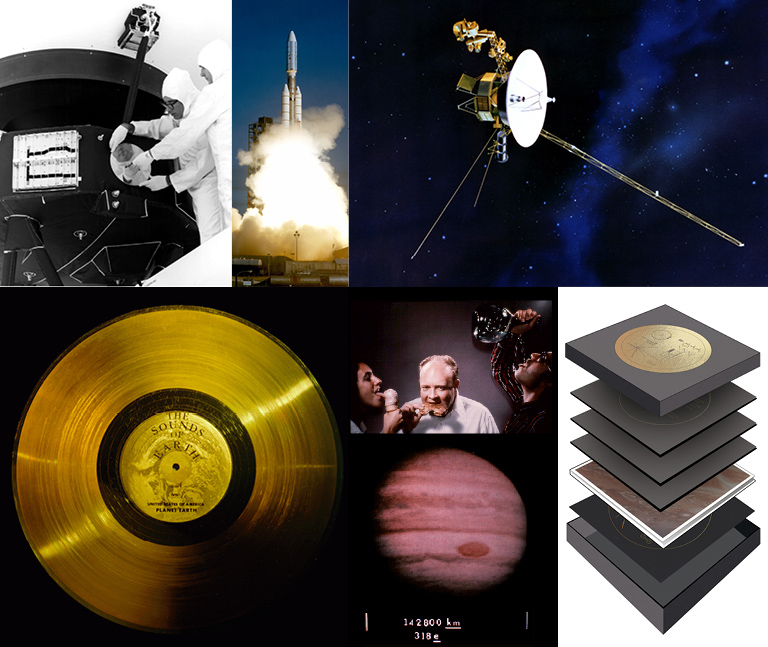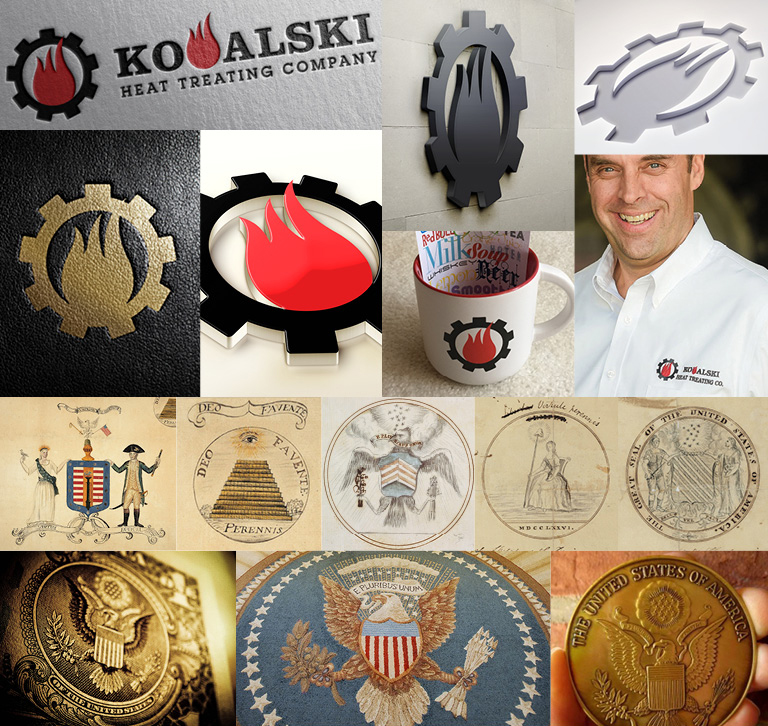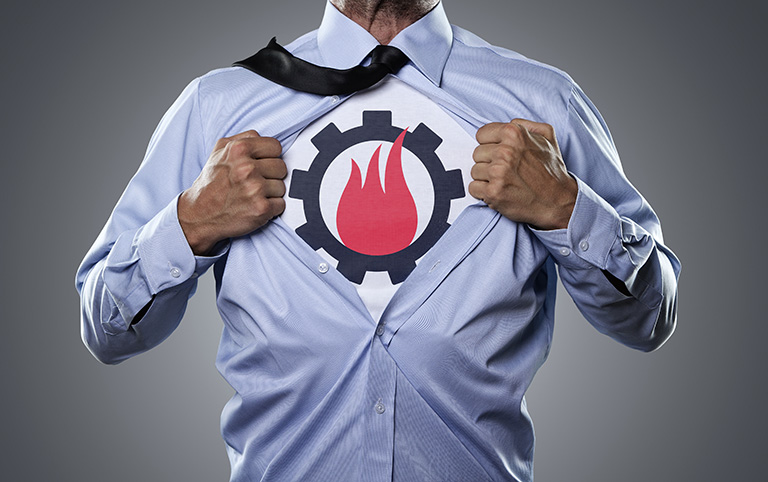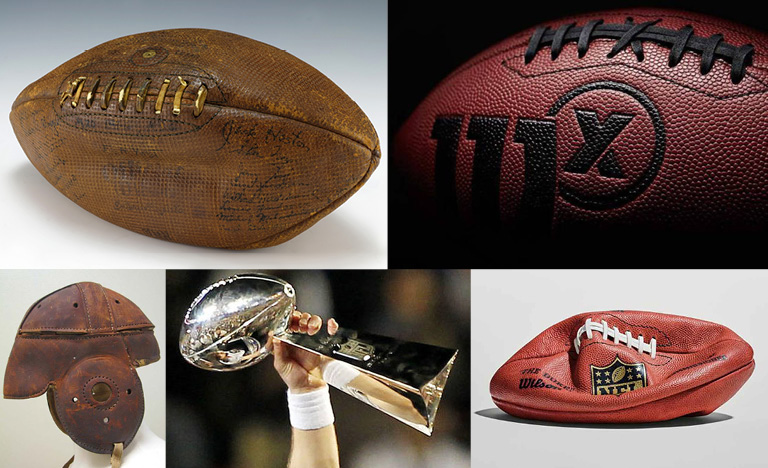
(Top L to R) Contrasts: A leather football used in a 1932 college football game and the Wilson X Connected Football that, with an iPhone app, will give stats about your throw, such as distance, velocity, spiral efficiency, spin rate, and whether the pass was caught or dropped. Released to stores yesterday.
(Bottom L to R) Leather football helmet from 1917. The Vince Lombardi trophy. And, well, you know.
The other day, while working in the yard, I heard a familiar sound – the high school marching band music was loud and clear. It immediately made me think of Friday night football games and also back to my HS days – old friends, teammates, and best of all, playing football. I was lucky enough to play football in HS – at a pretty competitive school named St. Ed’s (current D-1 State champions – brag, brag – yeah!). For me, football had so many fun and memorable moments – plus, the absolutely thrill of watching my four daughters perform on the Bay High Rockettes dance drill team or the marching band, and yes they could hear me cheering from the stands!
So, like I normally do, I thought I’d do a little digging, and see where that funky football shape, this crazy game and everything “Friday Night” came from, along with some fun trivia – enjoy.
Where did the football come from? American football may have evolved from soccer and rugby, but it turns out that the football was never truly designed, it just sort of happened. Nicknamed “the “pigskin”, it’s not made of pig skin at all, but is, in fact, made from cowhide. Of course, popular speculation has it that the leather exterior of the football was once made from the tanned skin of a pig, but it’s more likely that the football was made from a pig’s bladder. We may never know.
What about the football shape? Equally mysterious is the shape of the ball. If the sport evolved from soccer and rugby, how and when did the football gain its distinct shape – technically known as a prolate spheroid? Well, it turns out that the football was never truly designed, it just sort of happened. According to Henry Duffield, a man who witnessed a game between Princeton and Rutgers in 1869, largely considered to be the first intercollegiate game:
“The ball was not an oval but was supposed to be completely round. It never was, though — it was too hard to blow up right. The game was stopped several times that day while the teams called for a little key from the sidelines. They used it to unlock the small nozzle which was tucked into the ball, and then took turns blowing it up. The last man generally got tired and they put it back in play somewhat lopsided.”
Where did the game start? Initially, football was a very different game – or perhaps I should say games. There were kicking games and running games, but as those two games began to merge together, as rules began to standardize, the ball began to slightly stretch out in order to accommodate more types of use, when the forward pass was introduced to football in 1906.
As the game continued to change, the ball evolved to accommodate new rules and new plays. Most notably, in the 1930s, it became longer and slimmer as the forward pass became a more dominant–and more encouraged–part of the game. –
Where did the ball get its white stripes? In 1956, the white balls traditionally used in night games were replaced with a standard daytime football circled by two white stripes. Though advancements in stadium lighting have made night balls unnecessary, NCAA games still use the white-striped ball.
Where did the ball name “the Duke” come from? In 1941, the official football used by the NFL was nicknamed “The Duke,” after the Wellington Mara, whose father named him after the Duke of Wellington. That name played a key role in establishing the relationship between the NFL and Wilson Sporting Goods, the company that has for more than 70 years produced the official football of the NFL. “The Duke” was in play until 1969 when professional football reorganized. In 2006, National Football League owners decided to return the name of the official game ball to “The Duke” in honor of Wellington Mara’s passing the previous years.
What are the specs on a regular football? An NFL ball shall consist of a urethane bladder inflated to 12.5 to 13.5 pounds and enclosed in a pebble grained, tan leather outer shell designed to provide a good grip – even in the rain. The ball must be 11-11.25 inches long, have a long circumference between 28- 28.5 inches, a short circumference between 21-21.25 inches; and it must weigh 14 to 15 ounces. The variation in the measurements is due to the fact that all NFL footballs are made by hand. Since 1955 every NFL football has been made at Wilson’s 130-person factory in Ada, Ohio, which produces up to 4,000 footballs a day.
These NFL footballs are born on the backs of Midwestern cows from Iowa, Kansas, and Nebraska, which are brought to a tannery in Ada and treated with a top secret football-weather-optimizing tanning recipe. Each football is composed of four separate pieces with a single cowhide producing ten balls. The construction of the bladder is also a secret process, with each synthetic bladder produced by one man. From pigskin to cowhide, organic bladder to synthetic rubber, the ball has changed and the game itself has evolved into a completely different animal.
What happened in “deflategate”? The official rules of the National Football League require footballs to be inflated to a gauge pressure between 12.5 and 13.5 pounds per square inch (psi) or 86 to 93 kPa, when measured by the referees. Per the pressure-temperature law, there is a positive correlation between the temperature and pressure of a gas with a fixed volume and mass. Thus, if a football were inflated to the minimum pressure of 12.5 psi at room temperature, the pressure would drop below the minimum as the gases inside cooled to the colder ambient temperature on the playing field. While footballs deflate naturally in colder temperatures, a deliberately under-inflated football may be easier to grip, throw, and catch, or inhibit fumbling, especially in cold rainy conditions. The 2015 AFC Championship Game football tampering scandal, commonly referred to as Deflategate, was a National Football League (NFL) controversy involving the allegation that the New England Patriots tampered with footballs used in the American Football Conference (AFC) Championship Game against the Indianapolis Colts on January 18, 2015.
What is the longest recorded football punt and field goal? The longest punt is the 98-yard punt by New York’s Steve O’Neal in 1969. The kick began from his team’s 1-yard line and was downed at the Broncos’ 1-yard line. It is the longest possible punt to be recorded that is NOT a touchback. The longest field goal in NFL history is 64 yards by Matt Prater of the Denver Broncos in 2013. The longest field goal in NCAA history is 67 yards, accomplished four times, most recently by Tom Odle for Fort Hays State in 1988. The NCAA record for longest field goal without a tee and with the more-narrow modern goal posts is 65 yards by Martin Gramatica of Kansas State in 1998. Nick Rose, a senior kick for the University of Texas obliterated all of those with an 80-yard field goal in practice.
Are signed footballs worth much? While original football player cards can fetch hundreds of thousands of dollars, most signed footballs carry lower value. Some collector favorites are Johnny Unitus and John Elway.
If I’m a cow, what are my odds? It takes about 600 cows to make one full season’s worth of NFL footballs. At Wilson Sporting Goods Company, they make more than 2 million footballs of all sorts every year. A cow has only a 1 in 17,420,000 chance of becoming an NFL football that is used in the Super Bowl.
Just fun trivia:
- Only two players have caught, rushed, and thrown a touchdown against the same team in the same game: Walter Payton in 1979 and David Patton in 2001.
- Dallas Cowboys running back Tony Dorsett is the only player to rush for a 99-yard touchdown, in 1983.
- Just two years after finishing their careers, approximately 78% of NFL player go bankrupt. In 1892, former Yale star William “Pudge” Heffelfinger became the first recognized pro player when he accepted $500 to play for the Allegheny Athletic Association.
- Though football games usually last around 3 hours, the ball is typically in play for only 11 minutes. Around 56% of the game on TV is devoted to replays.
- In an NFL game, as many as 75 minutes, or about 60% of total TV air time (excluding commercials), is spent on shots of players standing on the line of scrimmage, huddling, or just walking around between snaps.
- The average age of an NFL cheerleader is 25 and NFL cheerleaders typically make $50–$75 a game. However, by the time they spend money on makeup, hair accessories, dance classes, etc., they end up losing money. During broadcast NFL games, cheerleaders are on TV for only about 3 seconds.
- Coaches and referees receive around 7% of the face time in a game.
- Instant replay became commonplace in the mid-1960s, which helped fill the idle moments of the game. By the 1990s, some football broadcasts showed about 100 replays per game.
- There are nearly 3 million sports industry jobs in the U.S, which is approximately 1% of the population.
- Contrary to common opinion, the “G” on the Green Bay Packers helmet doesn’t stand for Green Bay. Rather, it stands for “Greatness.”
- The huddle was invented by Paul Hubbard. A legally deaf quarterback from Gallaudet University, he “huddled” other players together so he could hear them better and to protect them from the other teams’ prying eyes.

